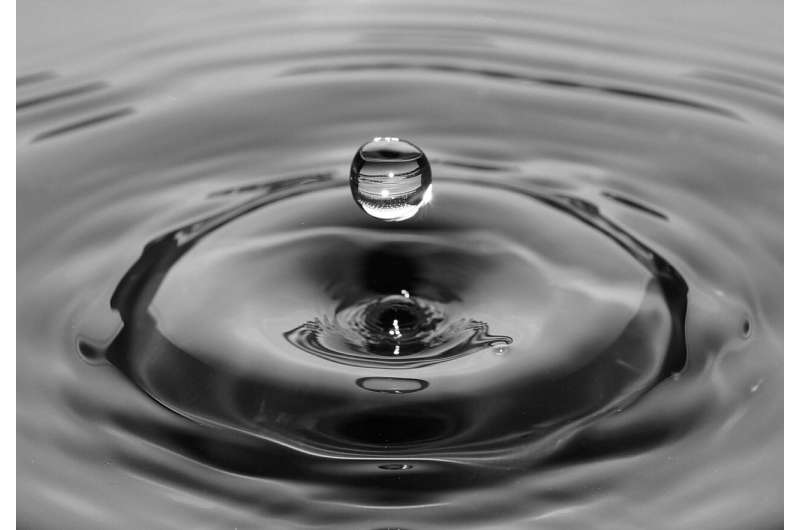This article has been reviewed according to Science X's editorial process and policies. Editors have highlighted the following attributes while ensuring the content's credibility:
fact-checked
peer-reviewed publication
trusted source
proofread
Study reveals EPA's lead and copper rule yields $9 billion in health benefits, exceeding estimates

The Environmental Protection Agency (EPA)'s Lead and Copper Drinking Water Rule Revision (LCRR) costs $335 million to implement while generating $9 billion in health benefits annually—far exceeding the EPA's public statements that the LCRR generates $645 million in annual health benefits, according to a new study from researchers at Harvard T.H. Chan School of Public Health. The researchers also estimate that the LCRR generates at least $2 billion in infrastructure benefits—something the EPA has never calculated—bringing its total benefit to cost ratio to at least 35:1, compared to the EPA's stated benefit to cost ratio of 2:1.
"We thought the benefits of the LCRR might exceed costs by an order of magnitude—but they were many times that," said co-lead author Ronnie Levin, instructor in the Department of Environmental Health. "The benefits include better health for children and adults; non-health benefits in the form of reduced corrosion damage to water infrastructure and appliances; and improved equity in the U.S., as lead-contaminated drinking water disproportionately impacts low-income and minority populations on whom health damages have more severe effects."
The final version of the study was posted online May 4, 2023, and will be published in the July 15, 2023 edition of Environmental Research. Currently, the EPA is developing the Lead and Copper Rule Improvements (LCRI), a set of new regulations intended to improve upon the impacts of the LCRR.
To assess these impacts, the researchers performed a cost-benefit analysis by monetizing all 17 of the health endpoints determined by the EPA to be causally related to lead exposure. These health endpoints include preterm birth, declining cognitive function in children, and hypertension and coronary heart disease in adults. According to the analysis, the LCRR generates a sum of annual benefits much larger than the annual cost of its implementation: $335 million for implementation costs versus $9.2 billion in health damages avoided each year, plus between $2.4 billion and $7.8 billion in infrastructure damages avoided. By comparison, the EPA published a cost-benefit analysis of the LCRR that posited that the regulations generate only $645 million annually in avoided health damages. The EPA's analysis was based on monetization of only one health endpoint.
The EPA implemented the LCRR in 2021 to strengthen the 1991 Lead and Copper Rule. The LCRR called for sampling for lead at schools and childcare facilities, providing better information to communities, and requiring better corrosion control treatment and identification of lead pipes. Soon after, the agency introduced the LCRI to address the shortcomings of the LCRR, particularly around equity. The LCRI would strengthen tap sampling requirements and improve compliance to identify locations with elevated water lead levels and urgently replace lead service lines, particularly in historically marginalized communities disproportionately impacted by lead exposure. The EPA has committed to publishing the LCRI by the end of 2024.
"Our study found that stronger rules to reduce lead in drinking water come with enormous benefits for individuals and the United States as a whole. Therefore, we believe the LCRR should be made as rigorous as possible," said co-lead author Joel Schwartz, professor in the Department of Environmental Health.
More information: Ronnie Levin et al, A better cost:benefit analysis yields better and fairer results: EPA's lead and copper rule revision, Environmental Research (2023). DOI: 10.1016/j.envres.2023.115738
Journal information: Environmental Research
Provided by Harvard T.H. Chan School of Public Health





















